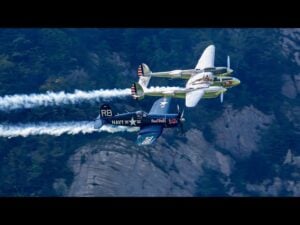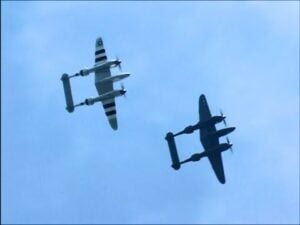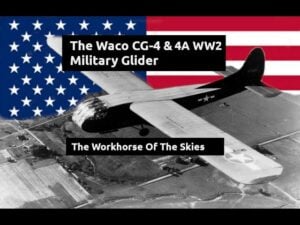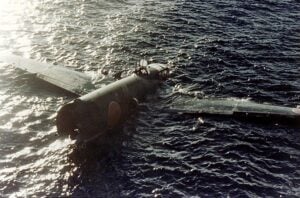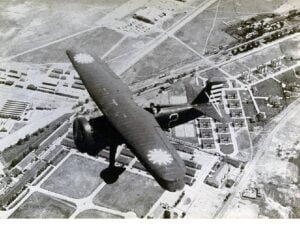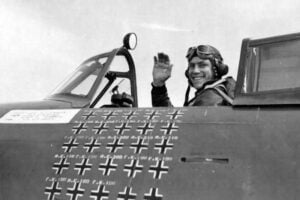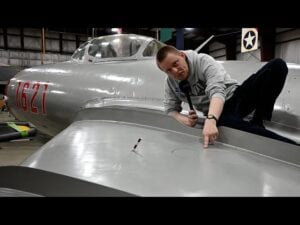The American Fighter Plane That Was Surprisingly Heavy and Dubbed “Tank in the Sky”
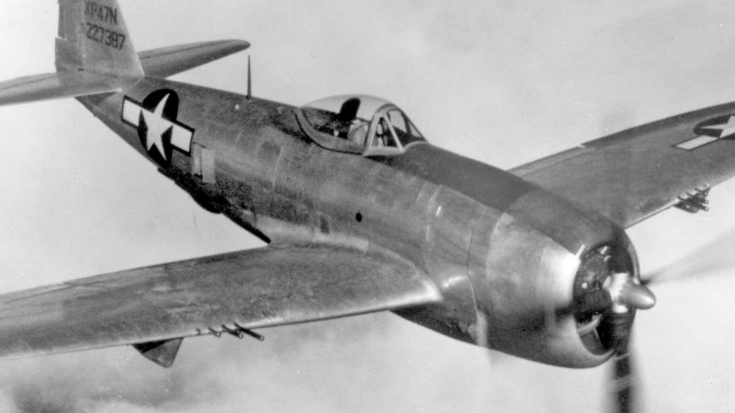
illusive 0ne / YouTube
In World War II, the P‑47 Thunderbolt earned a reputation as the “tank in the sky.” This massive fighter weighed as much as 8 tons fully loaded—an unusual size for a single‑engine aircraft. Despite its bulk, it became one of the most respected fighters of the war.
Design and Power
The P‑47 was built around the powerful Pratt & Whitney R‑2800 Double Wasp engine. Its lead designer, Alexander Kartveli, shaped the plane to carry heavy fuel, ammunition, armour, and bombs. The plane’s empty weight reached about 10,000 lb and climbed to 17,500 lb at take‑off, making it the heaviest single‑engine fighter in World War II. Kartveli himself noted the design would be “a dinosaur, but … with good proportions.”
This aircraft packed eight .50‑calibre machine guns—four in each wing—each fed by long ammunition belts holding 350 rounds per gun. It also carried heavy bombs up to 2,500 lb or 5‑inch rockets under the wings. Pilots noted its size was so large they could move around the cockpit like they did in a tank.
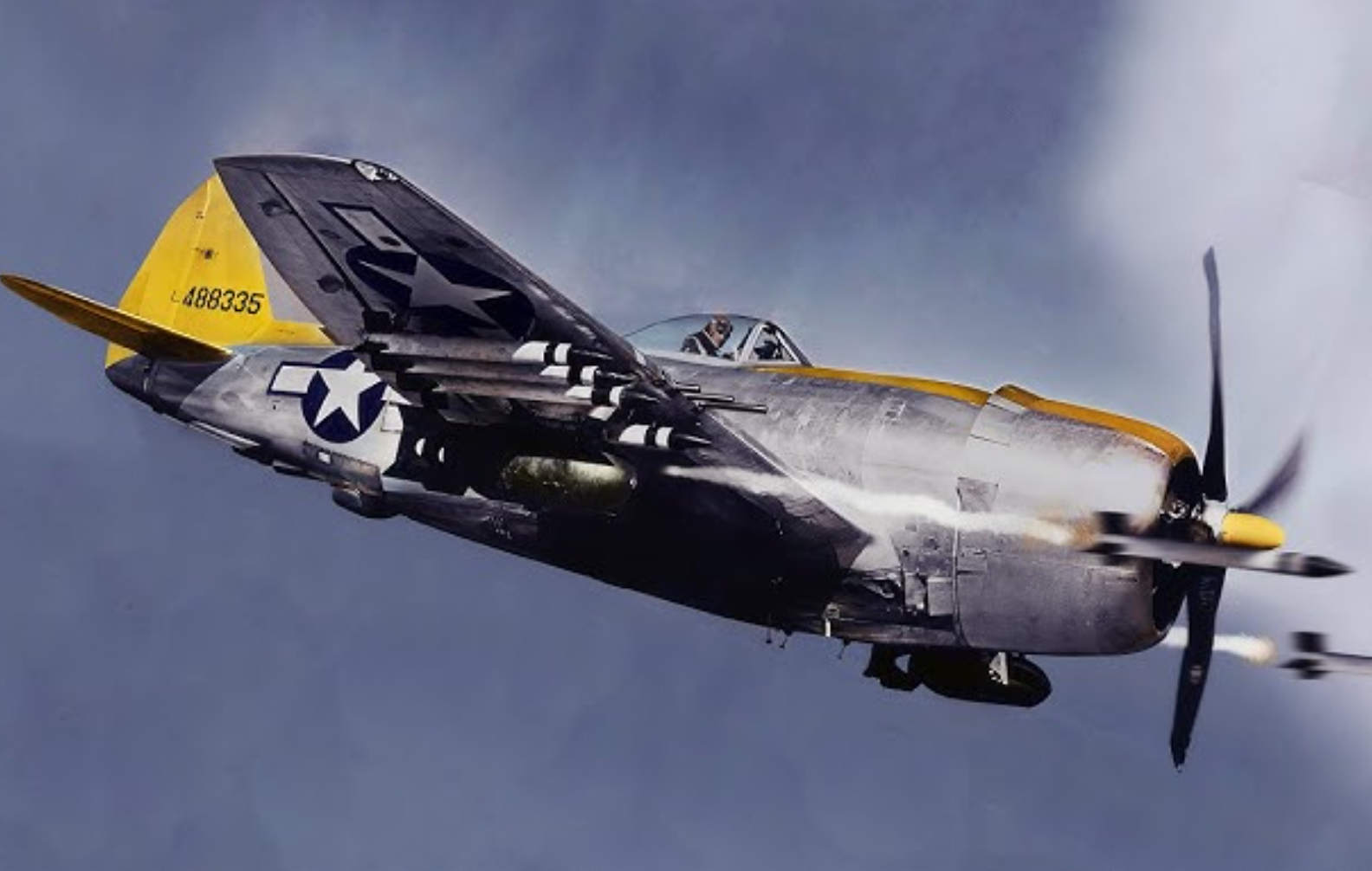
Combat Role and Range
While the P‑47 was too heavy for long escort missions, it excelled in high‑altitude combat and ground‑attack missions. It protected Allied bombers during daylight raids over Europe, delivering deadly air support. The plane could reach 426 mph at 30,000 ft and climb to 40,000 ft. Its eight‑gun firepower and payload made it a formidable weapon.
Combat reports show P‑47s destroyed thousands of German tanks, trucks, trains, and enemy aircraft. Its air‑cooled radial engine and strong airframe could withstand damage from ground fire. One pilot compared stepping into the P‑47 as stepping into a “two‑and‑a‑half‑ton truck.” Tactics were adapted so the plane could dive at high speed and then climb back to re‑engage.
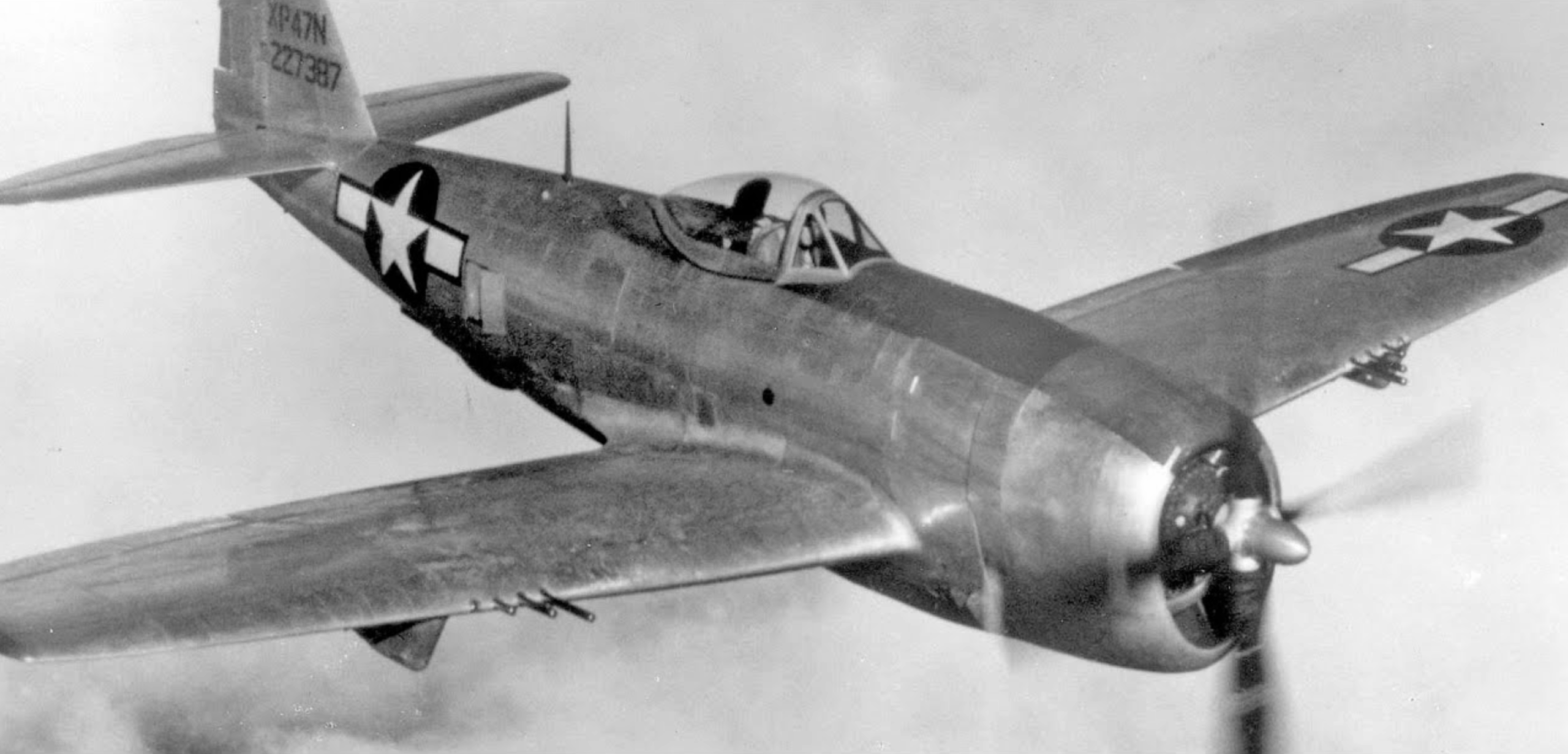
Legacy and Survivors
With over 15,600 built, the Thunderbolt was used by the USAAF, RAF, France, and the Soviet Union. It served in Korea before retiring in the early 1950s. A number of P‑47s are still flown at air shows and preserved in museums today.
The P‑47 Thunderbolt remains a standout example of wartime design, showing how a heavy, well‑armed fighter could dominate both skies and battlefields—earning its name as a tank in the sky.













